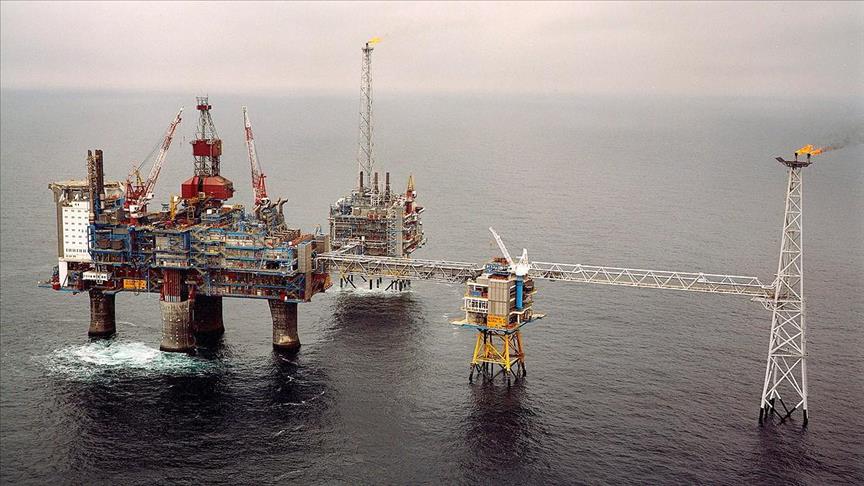

By Anadolu Agency
Oil prices increased on Monday due to the US plan to replenish its Strategic Petroleum Reserves (SPR) in order to capitalize on declining prices, while market skepticism over OPEC+ cuts amid expectations of a supply surplus next year continues to put downward pressure on prices.
International benchmark crude Brent traded at $76.41 per barrel at 10.35 a.m. local time (0735 GMT), a 0.75% increase from the closing price of $75.84 a barrel in the previous trading session on Friday.
The American benchmark, West Texas Intermediate (WTI), traded at the same time at $71.71 per barrel, up 0.67% from Friday’s close of $71.23 per barrel.
The US Department of Energy (DoE) revealed its plan on Friday to buy up to 3 million barrels of crude oil for the Strategic Petroleum Reserve (SPR) for delivery in March 2024. The DoE’s plan covers oil purchases for the reserve at a price of $79 per barrel or less.
The country had sold massive amounts of crude oil last year to counter rising gasoline prices. However, prices rebounded marginally from six-month lows last week as oversupply fears still linger for the first quarter of next year.
The country countered soaring gasoline prices last year by selling enormous supplies of crude oil. Prices did, however, marginally recover from six-month lows last week as oversupply fears still persist for the first quarter of next year.
‘The 1.7 million barrels per day (bpd) reduction in output should provide some support to physical balances, but the market will have to be convinced before any of these cuts are priced in,’ according to Daniel Hynes, a commodity strategist at Australia and New Zealand Banking Group.
The lack of details opens the prospect of producers sidestepping their commitments, Hynes added in an e-mailed note.
The OPEC+ group endorsed its previous output cut decisions during its last meeting earlier in December.
While the markets are expecting deeper output cuts, group members refrained from announcing collective cuts but instead proposed voluntary reductions by individual member countries.
The move has since exacerbated supply uncertainties next year, as both OPEC and the International Energy Agency (IEA) warned in their recent respective market reports of a supply surplus during the first three months of next year.
Investors are now monitoring reports from the IEA and OPEC to be released on Dec. 12 and Dec. 13, respectively.
We use cookies on our website to give you a better experience, improve performance, and for analytics. For more information, please see our Cookie Policy By clicking “Accept” you agree to our use of cookies.
Read More